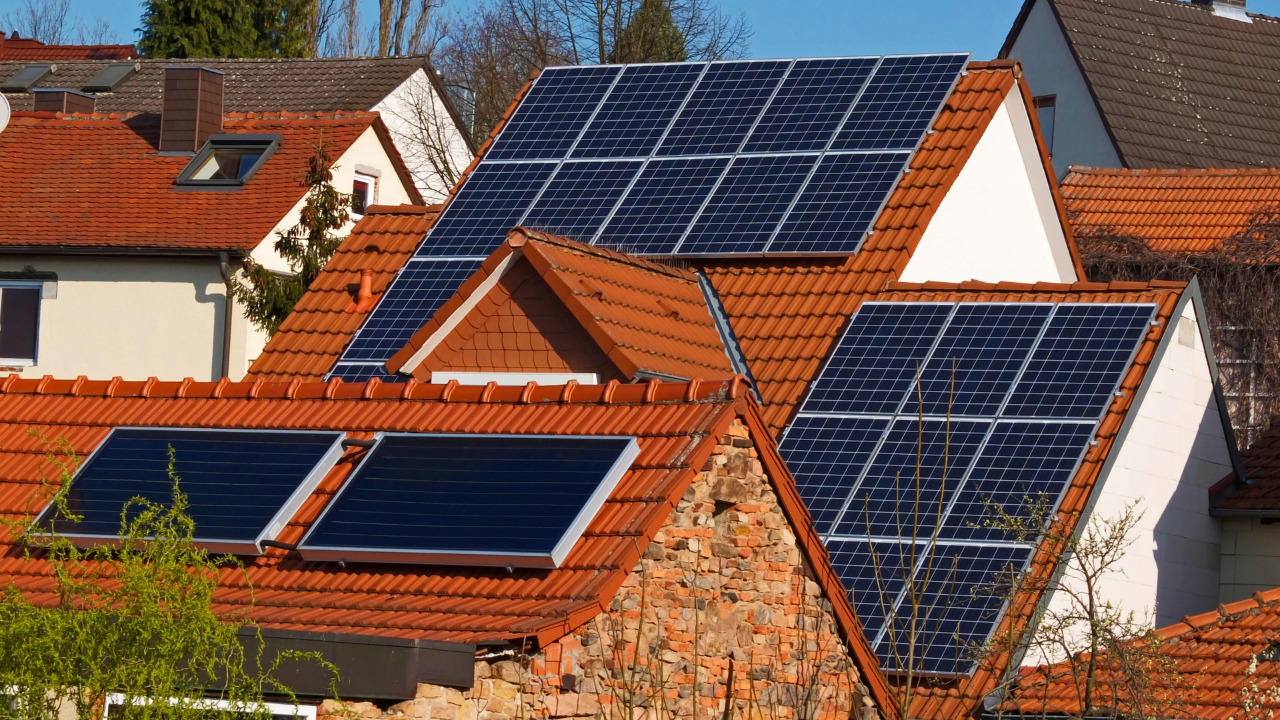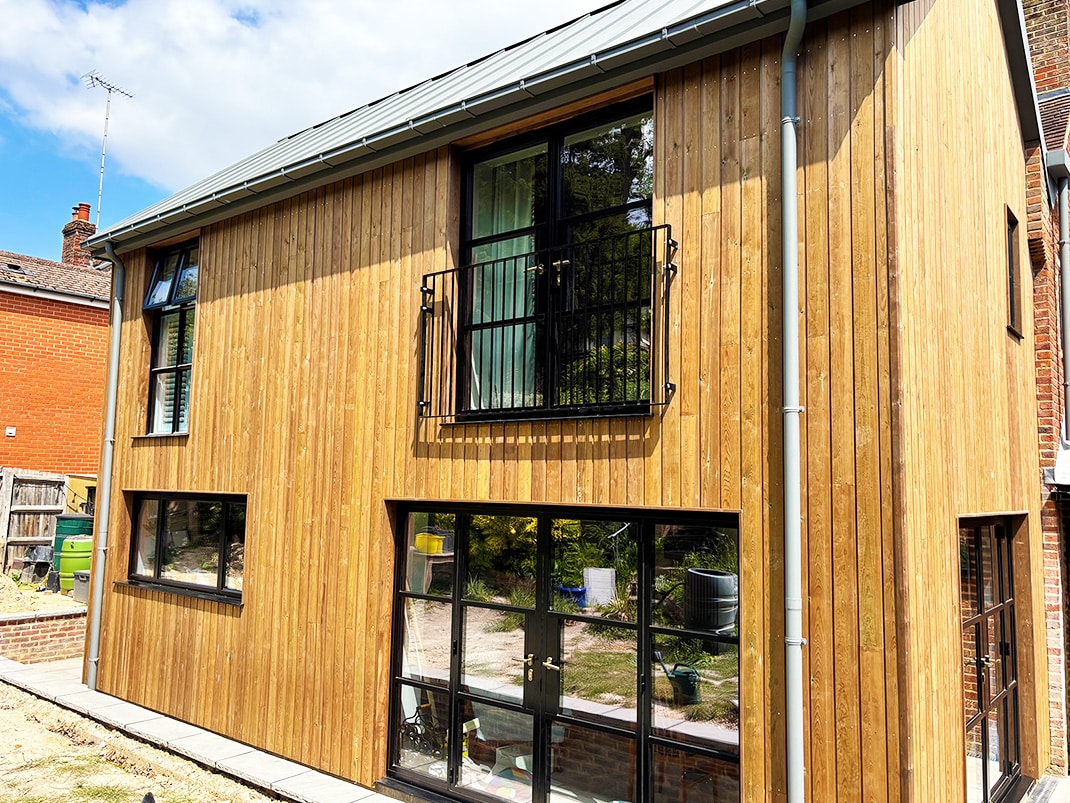With the increasing global emphasis on clean energy and reducing carbon emissions, solar roofing has quickly become a popular and viable option for homeowners seeking an eco-friendly, energy-efficient solution.
Solar roofing systems not only help to reduce your home’s environmental impact but also lower your energy bills in the long run. In this article, we will explore the benefits of solar roofing, the types of solar roofing systems available, and essential factors to consider before installing solar roofing on your home.
Table of Contents
Benefits of Solar Roofing
Energy Savings
Solar roofing systems generate electricity from sunlight, reducing your reliance on grid-supplied power. This results in significant savings on your energy bills. Depending on your location, solar incentives, and the size of your system, you may even eliminate your electricity bill entirely.
Environmentally Friendly
Solar power is a renewable energy source that doesn’t produce greenhouse gases or other pollutants, reducing your home’s carbon footprint. By adopting solar roofing, you contribute to the global effort to mitigate climate change and promote a sustainable future.
Increased Home Value
Solar roofing systems are an attractive feature for potential homebuyers, as they offer long-term energy savings and a reduced environmental impact. A study by the U.S. Department of Energy found that homes with solar panels sold 20% faster and for 17% more than those without.
Low Maintenance
Solar roofing systems require minimal maintenance, with occasional cleaning and inspection being the primary tasks. Most solar panels have a lifespan of 25 to 30 years, ensuring a long-term return on investment.
Types of Solar Roofing Systems
Traditional Solar Panels
Traditional solar panels, also known as photovoltaic (PV) panels, are the most common type of roofing system. They can be mounted on your existing roof or integrated into the roof during construction.
These panels are typically made from crystalline silicon, which is efficient at converting sunlight into electricity. Traditional solar panels come in various sizes and efficiencies, allowing you to choose the best option based on your energy needs and aesthetic preferences.
Solar Shingles
Solar shingles, also known as building-integrated photovoltaics (BIPV), are designed to blend seamlessly with your home’s existing roofing materials.
They offer a more aesthetically pleasing option compared to traditional solar panels, as they mimic the appearance of regular shingles. Solar shingles are typically less efficient than traditional solar panels, but they provide an attractive alternative for homeowners who prioritize aesthetics.
Solar Tiles
Similar to solar shingles, solar tiles are integrated into the roof’s structure and designed to resemble traditional roof tiles.
They can be made from a variety of materials, including clay, concrete, or even slate, offering homeowners a wide range of styles to choose from. While solar tiles can be more expensive than traditional solar panels, they provide a visually appealing and unobtrusive way to harness solar energy.
Factors to Consider Before Installing Solar Roofing
Roof Orientation and Tilt
For optimal solar energy production, your roof should face south or southwest, with a tilt angle between 30 and 45 degrees. However, east and west-facing roofs can also generate substantial solar power. Consult a solar professional to assess your home’s solar potential.
Roof Condition and Material
Before installing a solar roofing system, ensure that your roof is in good condition and can support the additional weight of solar panels or shingles. Some roofing materials, such as slate or cedar, may require additional reinforcement or modifications to accommodate solar installations.
Local Climate and Sunlight
The efficiency of your solar roofing system depends on the amount of sunlight your location receives. Research your area’s average sunlight hours and weather patterns to estimate your potential solar power generation.
Local Permits and Regulations
Before installing solar roofing, check your local building codes, zoning regulations, and homeowner’s association (HOA) rules. You may need to obtain permits or comply with specific requirements to ensure a smooth installation process.
Cost and Financing
The upfront cost of solar roofing can be significant, but various financing options, such as solar loans or leasing programs, can make the investment more manageable. Additionally, many governments and utilities offer incentives, tax credits, or rebates to encourage solar adoption, potentially reducing your overall costs.
Choosing a Solar Installer
Selecting a reputable solar installer is crucial to ensuring the success of your solar roofing project. Research potential installers’ credentials, experience, and customer reviews to find a reliable and professional company.
In particular, if you’re looking for a solar panel installer in Springfield, MO, make sure to select a company with a strong track record and a deep understanding of the local climate and regulations.
Missouri Solar Potential
Missouri has significant untapped solar potential, with abundant sunshine and a growing interest in renewable energy sources.
The state’s solar capacity has been steadily increasing in recent years, making it an attractive location for homeowners interested in adopting solar roofing.
The combination of federal tax credits, state incentives, and local utility rebates makes solar installations in Missouri even more financially appealing.
In conclusion, solar roofing offers an attractive and sustainable energy solution for homeowners looking to reduce their environmental impact and save on energy costs.
By understanding the benefits, types of solar roofing systems, and factors to consider before installation, you can make an informed decision about the best option for your home.
When you’re ready to take the next step, finding a reputable solar panel installer in Springfield, MO, or your local area will ensure the success of your solar roofing project and help you harness the power of the sun for years to come.





